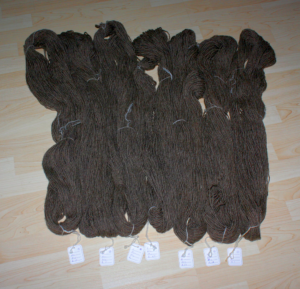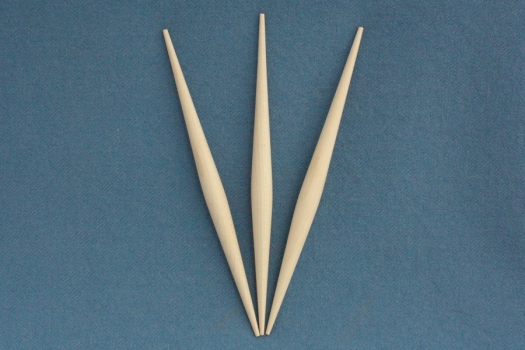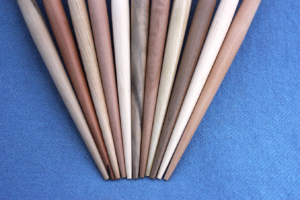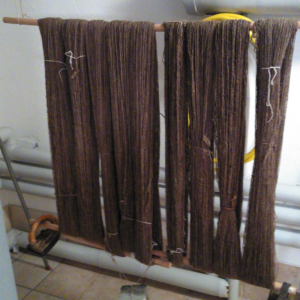What you see here...

is the rest of the weft yarns spun for the Trindhøj man's garments. They've taken their bath and they have dried and they are en route to being woven... and I am very, very curious on how the finished fabric will turn out!
Each time I spin for a weaving project, I'm amazed at how much yarn is eaten up by a puny bit of fabric. Well, in this case, it's not so puny, with about 170 cm on 275 cm. That makes it a fairly good thing that the thread count per cm is not as high as in a medieval medium-fine fabric, but at only about 3-4 threads per centimetre.
Altogether, I've spun about 6400 m of yarn for this piece of fabric. The loom eats a generous portion as loom waste, which accounts for some of the extra yarn needed; then there's of course a bit of shrinkage after weaving, when the raw weave is wet finished. Finally, there's always need for some leeway just in case, it's not nice to run out of yarn right before the end. I've also added on a bit more of the weft yarn as one of the batches turned out to be rather thinner than intended.
Spinning consistently to the same thickness and the same amount of twist over a longer time - I still find that challenging. Though admittedly my comfort zone regarding yarn thicknesses has grown quite a bit in the past years compared to when I started spinning, and my tendency to gravitate towards a certain thickness of yarn has diminished with all the practice that I've been getting spinning yarns to specification for weaving projects. I think in that regard it did help a lot that some of these projects - like this one - required yarns that were a lot thicker than my default thin yarns.
Have you done spinning outside your comfort zone thickness? And/or spinning in bulk for a larger project?







